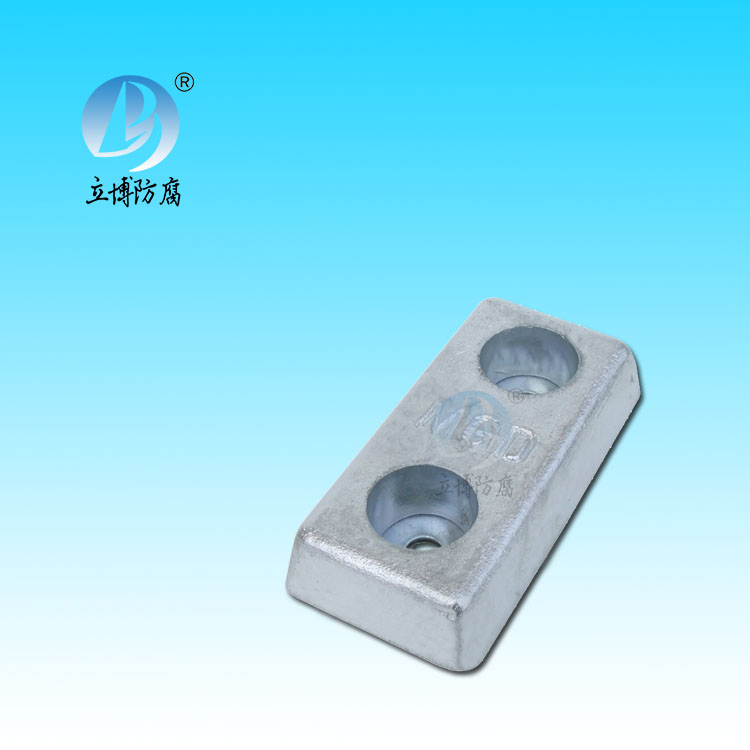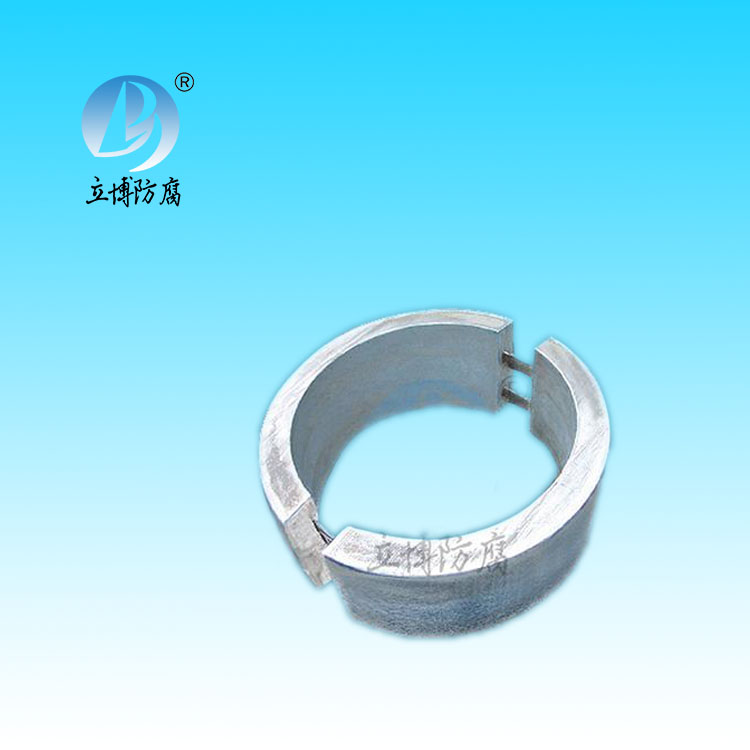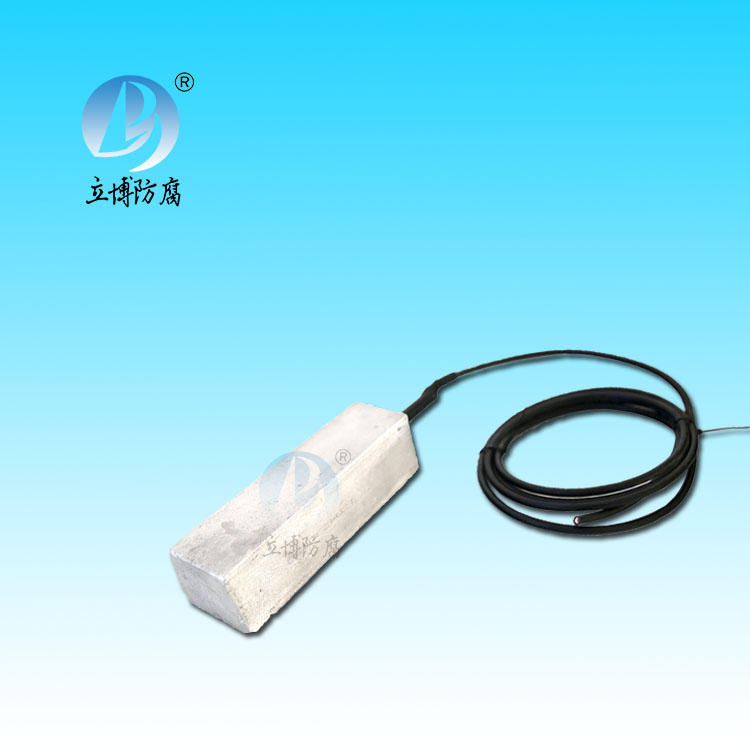News
News
- What is a sacrificial anode
- Basic requirements for reference...
- What does the reference electrode do...
- Why are zinc blocks attached to the ...
- What is the principle of impressed...
- What material does metal structure...
Contact
Phone:18739187123
hotline:0391-7588881
E-mail:970512272@qq.com
Address:Wuzhi County, Jiaozuo City, China
Company News
Air agitation interferes with cooling
- Author:Libo
- Source:wwww.godsgracesalon.com
- Date:2021-06-11
- Click:0
During the anodizing of aluminum, joule heat is generated when the current passes through due to the resistance of the bath liquid, and the electrode reaction itself generates heat, so the bath liquid must be cooled. Other possibilities for heat generation should also be eliminated as much as possible.
If air is used for stirring, the dispersed air bubbles cannot be cooled as effectively as the tank fluid, thus reducing the cooling efficiency of the workpiece.
The mass constant pressure heat capacity (specific heat) of the related substances in the aluminum anodic oxidation bath solution, the mass constant pressure heat capacity of the substance is high heat conductivity. It is therefore easy to understand that direct cooling of an aqueous solution is much more effective than that of air.
For the stirring of aluminum anodic oxidation tank liquid, educter, jet, vibration, etc., are good ways to take advantage of, and the tank liquid overflow can also be used at the same time.
The hydrogen produced from the cathode in anodic oxidation of aluminum can be dispersed into the tank solution, causing various harms.
Hydrogen is a very light gas and exists in a very fine dispersion of bubbles. When the bubbles escape from the liquid level, they carry sulfuric acid, which flies into the atmosphere in the form of sulfuric acid mist. This acid mist is very harmful.
The acid mist inhaled by the field workers can cause damage to the lungs, and the acid mist will cause skin damage when it sticks to the skin. Acid fog is also corrosive to surrounding instruments and equipment. In addition, if the production line has electrophoretic paint, acid mist will stick to the surface of the profile of the electrophoretic paint, resulting in defects such as white spots and defective products.
In aluminum anodizing bath, hydrogen generated from the cathode gradually disperses throughout the bath over time, impeding the electrification of aluminum anodizing and reducing its efficiency, as described earlier.
The production of hydrogen makes the aluminum anodic oxidation bath liquid opaque, so it is difficult to observe the workpiece shedding or other defects in the bath liquid. In the absence of bubbles, the aluminum anodizing bath fluid should be a clear, transparent liquid, which is good for operator observation.
A condition in which hydrogen produced from the cathode is dispersed in the tank liquid and flies out from the entire tank liquid level. Not only near the cathode, the workpiece in the center of the tank is also necessary to capture the hydrogen. 6 hydrogen remains in the defoaming bag and is discharged along a closed exhaust duct. The use of defoaming bags not only improves the efficiency of aluminum anodizing, but also greatly improves the surrounding environment.
The material of the defoaming bag is usually made of coarse woven acid resistant chemical fiber, such as polypropylene fiber, which is larger than the cathode size. The tube of the defoaming bag is covered on the outside of the cathode. The upper end of the defoaming bag is extended out of the tank liquid level, and is kept at the lower end of the fog collecting duct. Note that the lower end of the fog tube has been extended to the liquid level to capture the hydrogen and thus reduce the irregular escape of hydrogen.







 客服QQ
客服QQ